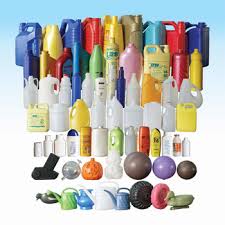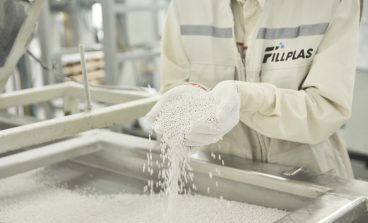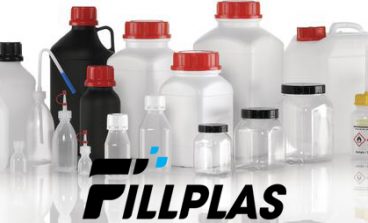
The process of blow molding has become very common for manufacturing, and almost every industry uses blow molding for individual components, containers, or shipping.
Products from blow molding
- Automotive industry: Many of the parts storing fluids use blow molding. Cooling system overflow containers, windshield washer fluid bottles, and even fuel tanks are commonly made with this process.
- Appliance components: Your major appliances at home include reservoirs that contain fluids and help to wash your clothes and dishes.
- Medical supplies and parts: If you’ve been to a health clinic, your dentist, or to visit your family doctor you can quickly start counting how many hollow containers are used. Spray bottles, water bottles, and storage containers line the cabinets.
- Children’s toys: Blocks and squeeze toys.
- Lawn and garden items: You could almost put lawn and garden into the automotive and bulk container categories as it uses bottles for liquid products and uses this process for mowers and power equipment for fuel tanks, oil storage, and distribution.
- Marine: Products that go in the water need to be buoyant, and this molding process makes hollow products with ease. The common products made are reservoirs, buoys, and other items.
- Packaging: Customized packaging with polystyrene keep products safe, and this blow-molded process makes it hard to create shapes with ease.
- Sporting goods: A common blow-molded product in sporting goods is a plastic bat, a plastic ball, or another hollow piece of equipment.
- Industrial bulk containers: Think of larger fluid containers like barrels to transport and store water, oil, or anything else liquid.
Types of blow molding
Blow molding has three different types. Extrusion Blow Molding (EBM) is commonly used to make bottles, industrial containers, automotive products, appliance components, and children’s toys. Injection Blow Molding (IBM) is normally used to make smaller bottles (usually smaller than 16oz / 500ml in volume) with high production volumes. The best examples are pharmaceutical industry bottles, medical industry parts, and cosmetic or other consumer product packages. Injection Stretch Blow Molding (ISBM) commonly uses Polyethylene terephthalate (PET) and Polypropylene (PP) because their physical properties are enhanced by the stretching operation to improved strength and barrier properties with lighter weights and better wall thickness consistency. One of these options may suit your new product perfectly depending on its function, design, and the climate it will be used in.
The best polymers for products
Blow molding has three main types, but the list of resins that can be used for this process is quite extensive. Low- density Polyethylene (LDPE), High-Density Polyethylene (HDPE), Polypropylene (PP), Polycarbonate (PC), Polystyrene (PS), Co-polyester, Polyethylene Terephthalate (PET), Polyvinyl Chloride (PVC), Nylon, Acrylonitrile Butadiene Styrene (ABS) are the main resins utilized with blow molding. Each resin will be suited best for one of the three main types, such as PET and PP being used in Injection Stretch Blow Molding.
Fillplas has the product of filler masterbatch and color masterbatch for this molding application. Please kindly visit our website for more information.



